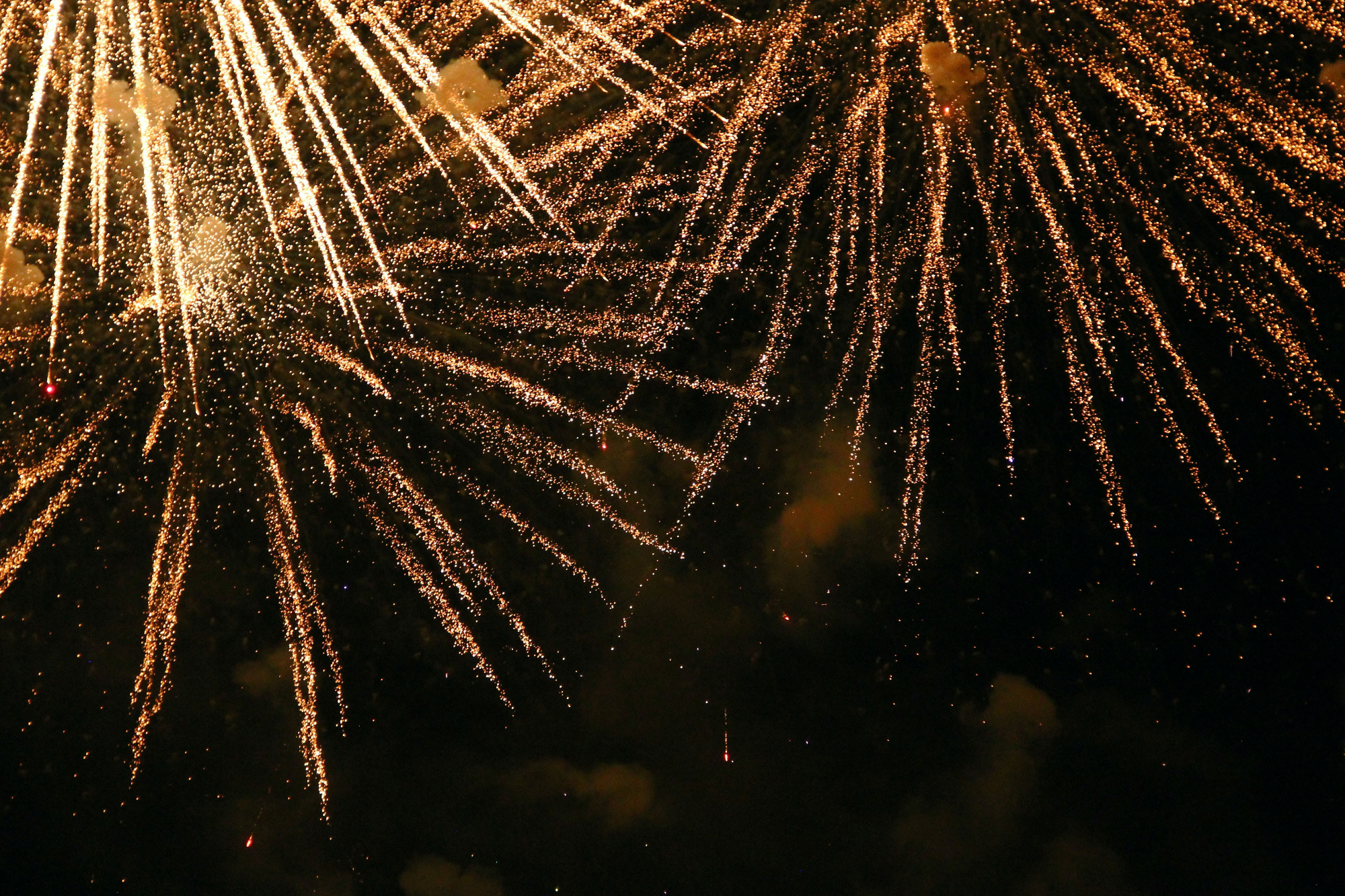As bonfire night draws closer and the exciting festivities begin, a firefighter’s busiest time of year quickly approaches.

As bonfire night draws closer and the exciting festivities begin, a firefighter’s busiest time of year quickly approaches.

Welcoming the winter period with bursts of colour is a great way to celebrate and enjoy the experience, but doing so safely is far more important. According to the NHS, there were a whopping 116 hospital admissions of people injured by fireworks in the UK in 2020/21
We recommend that party-goers attend an organised bonfire or firework display rather than a DIY event at home, as an event will have all of the security in place to keep attendees safe should anything not go to plan. However, in this article, we discuss how to have a fun evening at home without letting things get out of control.
Before setting off any fireworks, it is advised that you research the firework code. Here are the guidelines you should follow before hosting a bonfire bonanza.
It’s safe to say that most firework users will not purchase them somewhere unsafe or untrustworthy. However, buying fireworks from shops that meet essential health and safety requirements is crucial. From the 1st of January 2023, fireworks supplied in Great Britain must have UKCA marking or provide the relevant documentation. Until the 31st of December 2022, fireworks are permitted to be either CE or UKCA marked.
After purchasing fireworks, preparing the display is essential to ensure everything runs as smoothly as possible. Decide where to let them off, and angle all fireworks far away from viewers to prevent injuries if anything goes wrong.
Keep fireworks and equipment stored in the box they came in or a metal replacement, and take one out at a time as and when you use them, lowering the risk of accidentally causing any harm to viewers.
Before going in blindly, read instructions and establish the safest spot to set the fireworks off. If children are attending the event, ensure that at least two adults are present at all times so one can supervise while the other lights the fireworks. Keep children away from bonfires and consider crowd control depending on the size of the event. This is why the organisation is so essential to the safety of everyone participating.
Firework instructions will often include guidance on distances from lit fireworks, and it is advised you separate the area with fences or tape to make it clear where spectators can or shouldn’t stand. If a firework falls over or looks like it hasn’t been lit properly you must leave it alone in case it explodes or causes damage.
Lighting a bonfire with dangerous liquids such as petrol or other toxic materials can cause dangerous outcomes, such as losing control of the fire and making it difficult to extinguish.
Event holders must ensure the event is safe before leaving the area unattended – including cleaning up old fireworks or rubbish and putting out bonfires, double checking the surroundings before leaving.
With all the potential dangers of fireworks and bonfires, following the firework code of conduct can keep everyone safe while enjoying the show. Here is a simple round-up of what to consider:
Since 1983, we’ve remained true to our origins by working closely with leading architects and other professional bodies. We have done this by developing a range of high-performance fire protection equipment that experts across the globe trust to solve their complex design issues when creating modern, open-plan designs whilst meeting stringent fire regulations. Get in touch with us today to learn more.